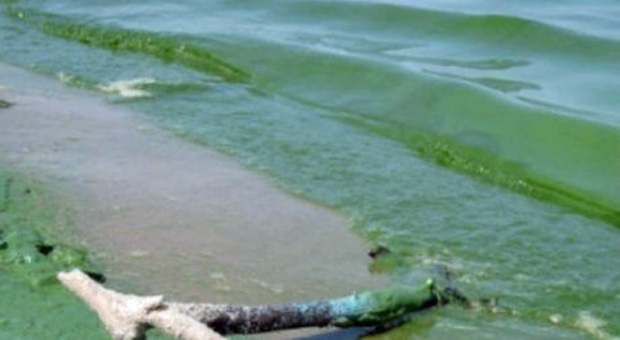Rethinking Lifestyle
Phosphate Cycles

Most readers will likely have heard of the ‘carbon cycle’ from their school days. However as a refresher, for millions of years through the process of photosynthesis plants and trees have taken in carbon dioxide and given out oxygen instead. Meanwhile animals have taken in oxygen and given out carbon dioxide, such that the atmosphere has been in equilibrium. Then, to upset millions of years of that equilibrium we humans have come along and dug up extra carbon in the form of coal, oil and natural gas, burnt it to extract the energy and released the exhaust as carbon dioxide into the atmosphere. It is this additional carbon dioxide that is causing the global warming because it acts like an insulating blanket around the planet.
In addition to the carbon cycle there is also a phosphorus cycle. In order to grow, plants need phosphorus in the form of phosphates. Animals eat the plants and the phosphates get excreted and return to the soil. The result is the same if animals eat other animals or the plants die and rot away as eventually the phosphates get recycled. So over the millennia everything has been in equilibrium. But again we humans have come along wanting to make more money by growing bigger crops. We dig up natural deposits of phosphate, turn it into fertilizer and spread it on the land. All this extra phosphate has to go somewhere because there is a limit to the amount soil can hold. This is one reason why there are restrictions on spreading too much manure on fields.
Some of the phosphate gets removed from the field in grain or hay (for example) and a lot gets returned to the soil as the roots and trash is worked in. The grain gets fed to hogs, chickens and cows with the phosphate-containing manure going back on the field. The meat, eggs and milk, as well as imported fruits and vegetables, go to cities where it is consumed. The phosphates pass through and get flushed down the toilet, eventually ending up in Lake Winnipeg where they cause toxic algal blooms – basically the phosphates fertilize the algae. Think of it this way. Imagine the phosphates, instead of being spread on the land were just dumped by the truckload into Lake Winnipeg or even the Red River. Clearly that would be totally unacceptable and people would be up in arms about it – especially those with cottages on the lake. But that is exactly what is happening indirectly via the fields, ditches and city toilets.
Now we come to the latest and very serious problem. We all know that phosphates from agricultural runoff but mostly from human sewage cause the algal blooms in Lake Winnipeg. Scientists from the University of British Columbia have found a neurotoxin linked to diseases including ALS (Lou Garrick’s disease) and Alzheimer’s in blue-green algal blooms found in Lake Winnipeg. They tested samples of 30 different blue-green algae, or cyanobacteria, from these blooms in the Lake, and found the toxin BMAA – beta-methylamino-L-alanine – present in “high concentrations” in a quarter of the samples they gathered.
We must do more to keep phosphates out of the lake. One possibility is composting and then sterilizing human manure, which though done in other countries, would probably be unacceptable currently in our polite society. For me it would be interesting to know if there is a higher incidence of Alzheimer’s disease in people that swim in Lake Winnipeg than those that do not.




